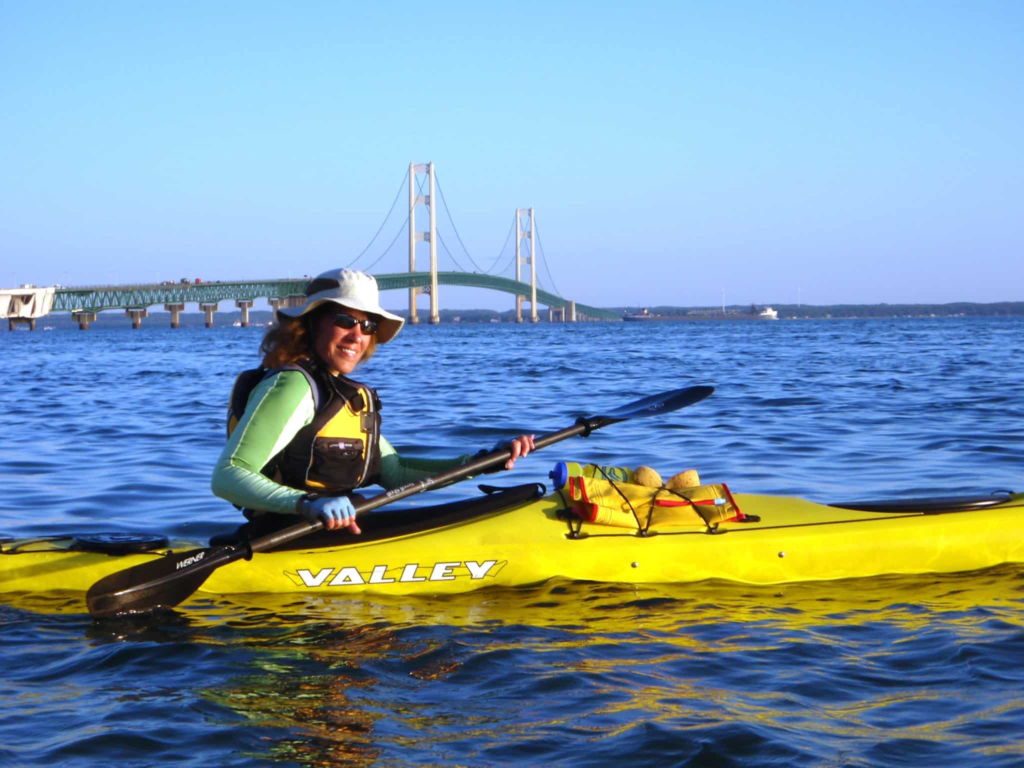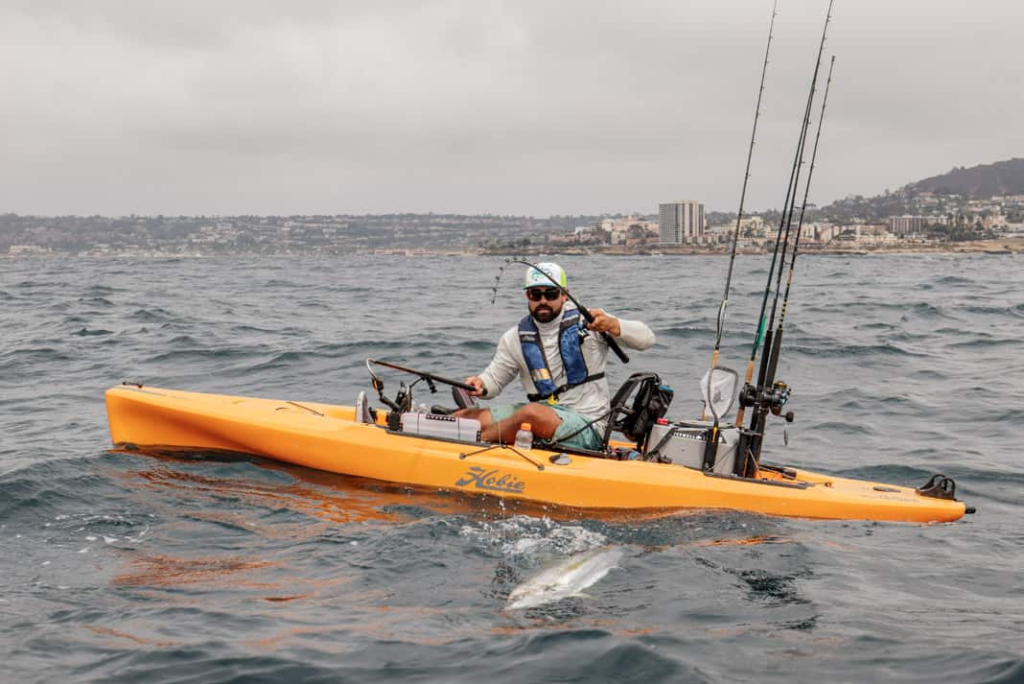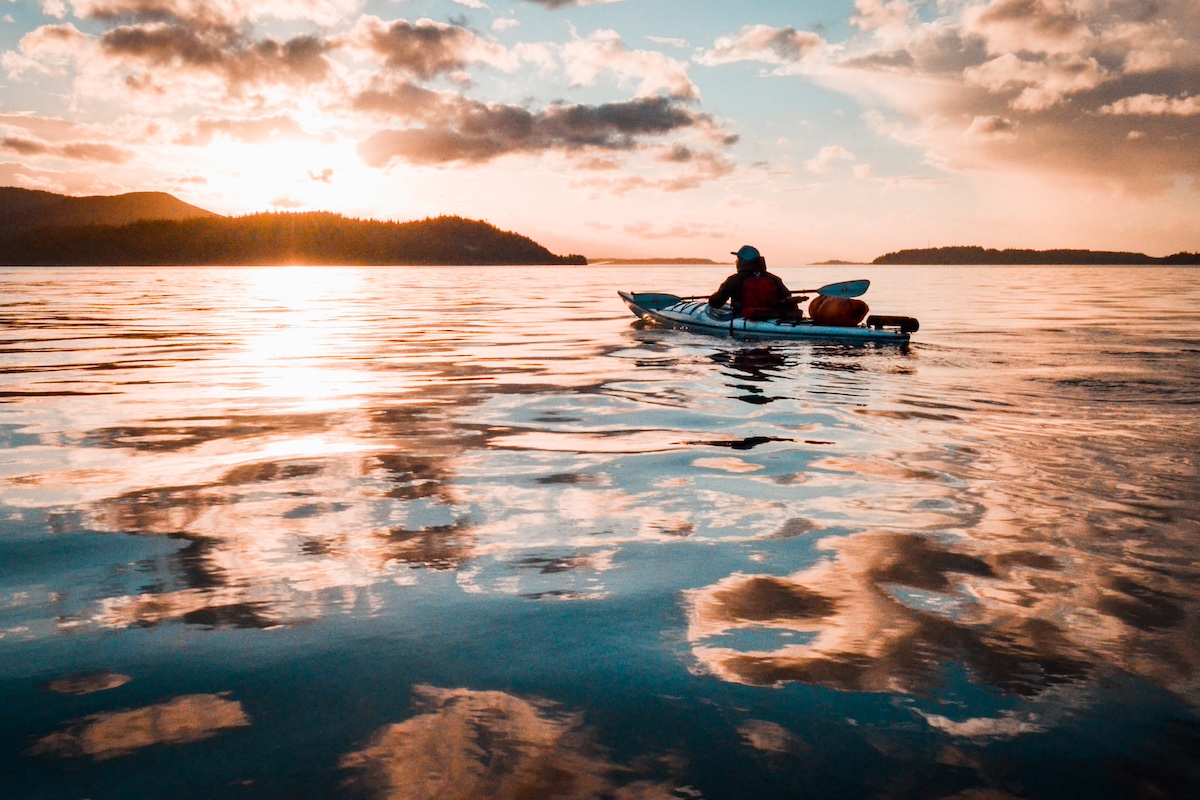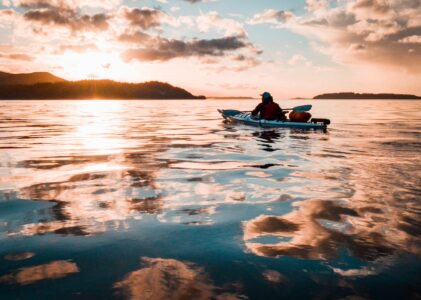Discover the diverse world of kayaks and find the perfect vessel for your next adventure!
Are you ready to embark on a thrilling aquatic journey, paddling through serene lakes, turbulent rivers, or even venturing out into the open sea? Kayaking offers an incredible opportunity to explore the world from a unique perspective, and it all starts with choosing the right kayak. In this comprehensive guide, we’ll dive deep into the fascinating realm of kayaks, exploring the seven main types of kayaks available to paddlers today.
Types of Kayaks
1. Recreational Kayaks: Where Fun Meets Comfort
Recreational kayaks are the ideal choice for beginners and casual paddlers. They are designed for calm waters like lakes and slow-moving rivers. These kayaks are often wider, offering stability, and come with a spacious cockpit for easy entry and exit. They are perfect for a relaxing day on the water, wildlife observation, or a leisurely paddle with family and friends.
Key Features:
- Wide and stable design.
- Open cockpit for easy entry and exit.
- Ideal for calm waters.
- Perfect for beginners.
Example: Perception Sound 9.5 – A popular recreational kayak known for its stability and comfortable seating, suitable for beginners and leisurely paddling.
2. Touring Kayaks: Exploring the Distance
Touring kayaks are built for longer journeys and exploration. With sleek and streamlined designs, they cut through the water efficiently, making them ideal for covering greater distances. Touring kayaks come equipped with storage compartments for your gear, making them suitable for multi-day expeditions on rivers, lakes, or coastal waters.
Key Features:
- Efficient, streamlined design.
- Storage compartments for gear.
- Ideal for long-distance paddling.
- Excellent tracking and speed.
Example: Wilderness Systems Tsunami 140 – A touring kayak designed for extended trips with ample storage space, offering exceptional tracking and speed.
3. Sea Kayaks: Conquer the Open Waters
Sea kayaks are the adventurers’ choice, built to tackle the challenges of open water. They are longer and narrower, providing exceptional tracking and speed. Sea kayaks often have multiple hatches for storage, allowing you to embark on long-distance journeys, explore coastlines, and even handle rough conditions with confidence.
Key Features:
- Long and narrow design for speed.
- Multiple storage hatches.
- Suitable for open water and coastal exploration.
- Excellent tracking and stability.
Example: Valley Nordkapp RM – A high-performance sea kayak known for its ability to handle open water conditions and long-distance paddling, equipped with storage hatches.

4. Whitewater Kayaks: The Thrill Seekers’ Ride
For adrenaline junkies, whitewater kayaking offers an exhilarating experience. Whitewater kayaks are short, maneuverable, and built to handle the tumultuous currents of fast-flowing rivers. These kayaks have specialized features like a planing hull and rocker, ensuring they can navigate through challenging rapids and drops.
Key Features:
- Short and maneuverable design.
- Specialized hull for navigating rapids.
- Ideal for fast-flowing rivers and whitewater adventures.
- Designed for quick turns and control.
Example: Dagger Mamba – A popular whitewater kayak known for its stability and maneuverability in challenging rapids, suitable for experienced paddlers.

5. Fishing Kayaks: Reel in the Adventure
Fishing enthusiasts will love fishing kayaks, designed with angler-specific features. They often come equipped with rod holders, fish finders, and spacious decks for casting lines. Fishing kayaks offer a quiet and unobtrusive way to explore waters while pursuing your passion for fishing.
Key Features:
- Rod holders and fishing accessories.
- Spacious deck for casting.
- Designed for stability.
- Ideal for fishing in various water conditions.
Example: Hobie Mirage Outback – A fishing kayak with pedal propulsion, multiple rod holders, and a comfortable seating system, perfect for anglers.

6. Inflatable Kayaks: Portability and Convenience
Inflatable kayaks are a practical choice for those with limited storage space or a desire for portability. They are easy to transport and store, making them great for travelers or kayakers who want a hassle-free experience. Don’t be fooled by their inflatable nature; modern designs offer durability and stability.
Key Features:
- Portability and easy storage.
- Durable materials.
- Suitable for various water conditions.
- Ideal for travelers and limited storage spaces.
Example: Advanced Elements AdvancedFrame – An inflatable kayak known for its durability and performance, offering the convenience of portability without sacrificing stability.

7. Tandem Kayaks: Share the Adventure
Tandem kayaks are built for two, allowing you to share your kayaking adventure with a friend or family member. They come in various styles, including recreational, touring, and even fishing kayaks. Tandem kayaks provide an excellent opportunity for teamwork and bonding while exploring the water together.
Key Features:
- Designed for two paddlers.
- Available in various styles.
- Ideal for shared adventures.
- Promotes teamwork and bonding.
Example: Ocean Kayak Malibu Two – A versatile tandem kayak suitable for recreational paddling, fishing, or family adventures, accommodating two paddlers.
Whats the Difference between a Kayak and a Canoe?
Canoes and kayaks are both popular watercraft used for paddling, but they have distinct differences in design, usage, and paddling techniques. Here’s a breakdown of the key differences between canoes and kayaks:
1. Design:
Canoes:
- Canoes are typically open boats with an open deck.
- They have a higher profile and are deeper, providing more space for passengers and gear.
- Canoes often have bench-style seating for multiple passengers.
- Paddlers use single-bladed paddles in a seated position.
Kayaks:
- Kayaks are closed-deck boats with an enclosed cockpit.
- They have a lower profile and are narrower, which makes them sleek and streamlined.
- Kayaks have a single seat and are designed for one or sometimes two paddlers.
- Paddlers use double-bladed paddles and sit with their legs extended in front inside the kayak’s cockpit.
2. Paddling Technique:
Canoes:
- Canoeists typically use a single-bladed paddle.
- Paddlers switch sides with each stroke to maintain a straight course, a technique known as “J-stroking” or “Canadian stroke.”
- Canoes are often paddled in a kneeling position, although sitting is also common.
Kayaks:
- Kayakers use a double-bladed paddle.
- Paddlers use alternating strokes on either side of the kayak to maintain balance and direction.
- Kayakers sit with their legs extended, and their feet control the footrests or pegs inside the cockpit.
3. Purpose and Usage:
Canoes:
- Canoes are versatile and suitable for various purposes, including recreational paddling, camping trips, fishing, and family outings.
- They have a higher carrying capacity, making them better for transporting larger loads or passengers.
- Canoes are often chosen for leisurely journeys and group activities.
Kayaks:
- Kayaks are designed for specific purposes, such as touring, whitewater paddling, sea kayaking, or fishing.
- They are known for their maneuverability and suitability for navigating narrow waterways and challenging conditions.
- Kayaks are preferred by solo adventurers or those seeking a more intense paddling experience.
4. Stability:
Canoes:
- Canoes are generally considered more stable, particularly for beginners, due to their wider design and open deck.
- They are less likely to tip over in calm waters.
Kayaks:
- Kayaks can be less stable for beginners, especially the narrower, specialized types like whitewater or racing kayaks.
- However, recreational kayaks are designed with stability in mind and are suitable for beginners.
In summary, the main differences between canoes and kayaks lie in their design, paddling techniques, intended usage, and stability. Canoes offer more space and versatility, while kayaks excel in specific activities and are known for their maneuverability. The choice between a canoe and a kayak depends on your preferences, the type of paddling you want to do, and the experience you seek on the water.
Types of Kayaks
Now that you’ve explored the seven primary types of kayaks, you’re one step closer to choosing the perfect vessel for your next waterborne adventure. Each type offers a unique experience, so consider your preferences, skill level, and intended use before making your selection.
To enhance your kayaking journey, here are some additional resources:
- KayakPaddling.net: A comprehensive guide to kayaking techniques, gear reviews, and destination recommendations.
- PaddlePedia: An online community for paddlers, offering forums, trip planning tools, and expert advice.
- American Canoe Association: The ACA provides valuable information on kayaking safety, education, and certification.
Remember, the world of kayaking is vast and filled with exciting opportunities. Whether you’re seeking tranquility on a serene lake or tackling challenging rapids, there’s a kayak designed just for you. So, grab your paddle and embark on your next aquatic adventure!

